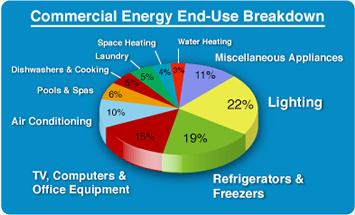Energy efficiency is a tremendous opportunity that we are squandering at the federal level. While many states have adopted aggressive energy savings goals and have committed the necessary resources to advance both policy and practice toward meeting those goals, little federal action has been taken to advance building and transportation efficiency. The ACEEE’s 2014 International Energy Efficiency Score Card ranks the US near the bottom of industrialized economies in efficiency. The countries that are doing worse than we are include Russia, Brazil and Mexico.
A few years ago I attended a conference in California on “Navigating the Coming Carbon Markets” to try to discover how energy efficiency would be valued in a carbon market. I was shocked to discover that most of the carbon market advocates sincerely believed that energy efficiency already occurred because it is cost effective and therefore it was not deemed to be “additional.” The reality is that the barriers to energy efficiency are endemic and prevent the widespread adoption of energy efficiency in our homes, businesses and government buildings.
Energy Efficiency Costs More at First
The higher first cost is a commonly cited barrier and one many of us have encountered directly. I am struggling with the first cost of building a high performance home. Bank lending will only cover 75% of the construction cost and as the cost per square foot rises above $200 to garner energy efficiency, the cash cost for building is significant. And, until fossil fuel prices rise further, the project will not have positive cash flow. Retro-commissioning, a service offered by Cx Associates, requires a high upfront investment in engineering services which is a significant challenge to selling those services. Most businesses would rather spend $30k on an infrastructure improvement than on an engineering study.
Skimming the Cream Makes Future Projects Harder
Even the best energy efficiency programs often fall short because they focus on replacing widgets with more efficient widgets instead of optimizing whole systems. This type of approach often results in cream skimming – savings with a quick payback are promoted with high levels of incentive, the market readily adopts the more efficient widget, but the entire system in which the widget operates remains inefficient.
Raise the Floor to Increase Efficiency
Raising the floor for building efficiency by instituting performance based codes and standards is one way we can level the playing field and reduce the greenhouse gas emissions that result from inefficient buildings. Setting operational efficiency standards at the building and even system levels would require whole system optimization over time. This approach would enable early adopters to continue to lead, but would accelerate the adoption curve and reduce energy consumption more rapidly. It would also create jobs and increase competitiveness.
The USGBC is working to advance the use of building benchmarking and performance based building rating systems. Many cities and a few states have adopted this approach. Until we have universal transparency and minimum performance requirements for our buildings we will continue to lag behind the rest of the world in energy efficiency. This lag impacts our economic competitiveness and the resilience of our buildings and our economy in a warming world.




